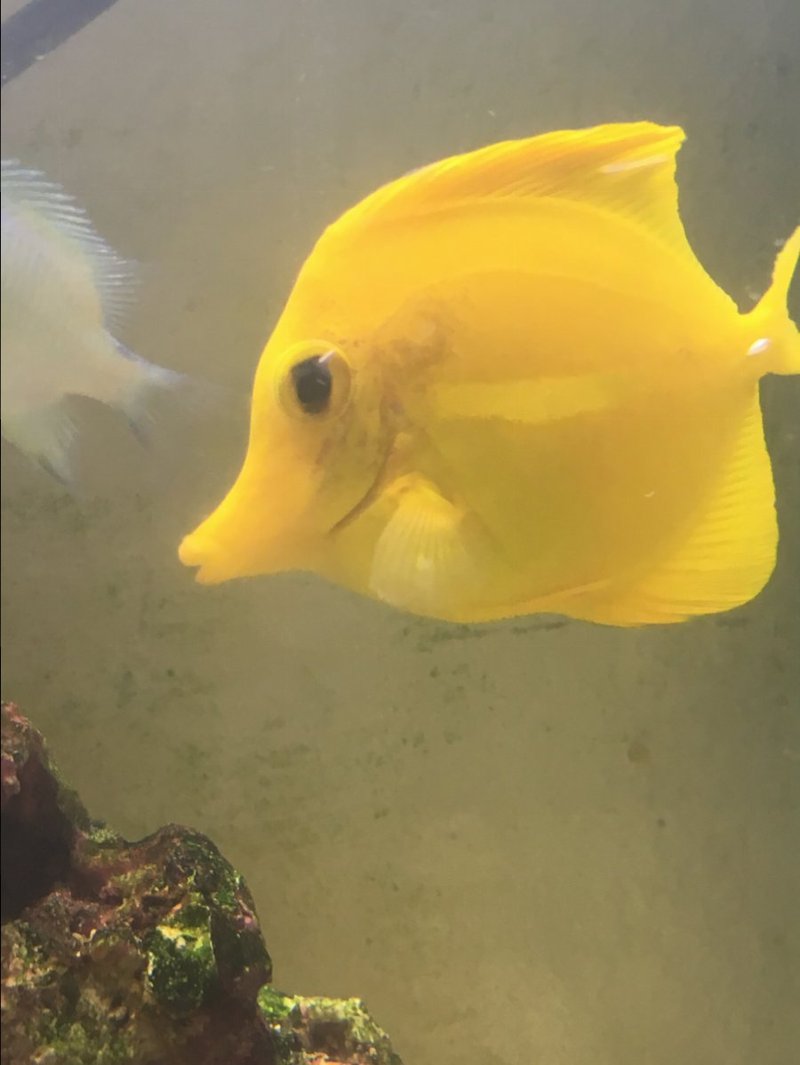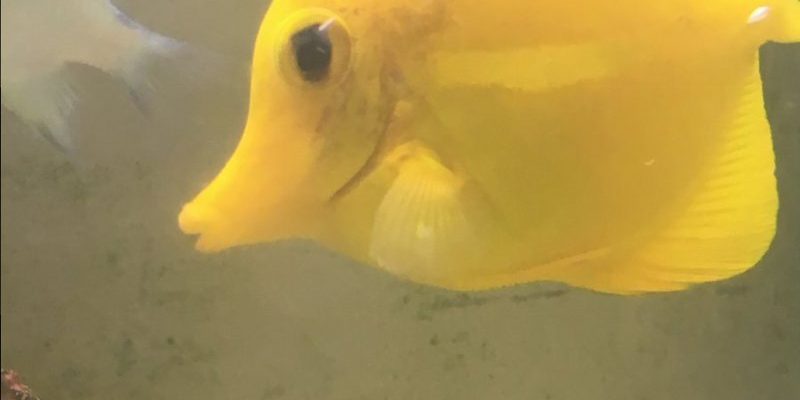
Imagine walking through a lush garden. You notice the flowers are bright and alive, but then you spot some weeds threatening to take over. In the ocean, yellow tangs face similar dangers—things that threaten not just their existence but the delicate habitat they call home. Let’s dive into some of the most common threats to yellow tangs and explore why they matter not just for these fish, but for the health of the ocean as a whole.
Habitat Loss
One of the biggest challenges yellow tangs face is habitat loss. Their natural home is primarily around coral reefs, which are incredibly diverse ecosystems. Unfortunately, these reefs are disappearing faster than we can imagine. Climate change, pollution, and overfishing contribute to this loss.
Here’s the thing: when reefs are damaged or destroyed, the entire community of marine life suffers. Yellow tangs rely on corals for food and shelter. Without a healthy reef, they can’t thrive. Think of it like this: if you’ve ever moved to a new place where you didn’t know anyone, it can be overwhelming. Yellow tangs are in a similar situation when their homes are destroyed.
Additionally, coastal development—like building resorts or homes—can lead to further degradation of these vital habitats. Sedimentation from construction can smother corals. It’s a troubling cycle that makes it difficult for yellow tangs to find a safe place to live and reproduce.
Climate Change
Next up is climate change, which massively impacts marine ecosystems. Rising ocean temperatures lead to coral bleaching. This is a phenomenon where corals lose their color and vital symbiotic algae, which provide them food and energy. Without these algae, corals struggle to survive, leaving yellow tangs with fewer resources.
But it’s not just warmer waters that pose a threat. Increased ocean acidity impacts the ability of corals to build their structures. Imagine trying to build a sandcastle on a beach where the sand is constantly washing away. That’s what corals experience. As their habitats become less stable, yellow tangs have fewer places to call home.
Furthermore, climate change drives extreme weather events like hurricanes, which can devastate coral reefs. The aftermath can leave yellow tangs searching for new homes or struggling to adapt to rapidly changing conditions.
Overfishing
Overfishing is another significant threat to yellow tangs. While these fish are commonly found around Hawaii, collecting them for the aquarium trade has skyrocketed. Many hobbyists adore their bright yellow color, but this has led to serious sustainability concerns.
When fish are removed from their natural habitat at an unsustainable rate, the balance of the ecosystem is thrown off. With fewer yellow tangs, algae can bloom out of control, harming coral reefs. Imagine a garden where the weeds are left unchecked; soon, they overrun the flowers. That’s what’s happening in the ocean.
Moreover, overfishing doesn’t only affect yellow tangs. It disrupts the entire food web. Predators and prey rely on one another for survival, and removing one species can lead to unforeseen consequences. Today, stronger regulations are required to ensure that both yellow tangs and their ecosystems can thrive.
Pollution
Pollution is a huge buzzkill for yellow tangs. You might think pollution only happens on land, but the oceans face their fair share too. Sewage, plastics, and chemicals from industries find their way into the ocean, harming marine life. For yellow tangs, this means dirty water and damaged habitats.
For example, when chemicals seep into the ocean, they can lead to algae blooms. While algae are essential in small amounts, too much can suffocate corals and create dead zones where no life can thrive. It’s like trying to breathe in a room filled with smoke; eventually, you just can’t take it anymore.
Plastic is another significant concern. Fish often mistake small plastic pieces for food, which can lead to serious health problems. Imagine eating something that looks appealing but actually makes you sick. That’s the unfortunate choice yellow tangs face when swimming through polluted waters.
Invasive Species
Invasive species are like uninvited guests at a party, and they often cause chaos. In the case of yellow tangs, invasive fish such as the lionfish have been wreaking havoc in some areas. These predators can outcompete yellow tangs for food and resources, leading to a decline in their populations.
What’s more, invasive species can disrupt the delicate balance of the coral reef ecosystem. They can eat the same food sources as yellow tangs or prey on the smaller fish that young yellow tangs rely on to grow. It’s a tough world out there, and when new fish enter the scene, it creates a ripple effect that can be detrimental to native species.
To combat invasive species, many organizations are working on conservation efforts and awareness campaigns. This helps to educate people about the risks and encourages responsible practices.
Conservation Efforts
Despite the threats, there’s hope for yellow tangs and other marine life through conservation efforts. Many organizations are dedicated to protecting coral reefs and the species that depend on them. By focusing on sustainable fishing practices and habitat restoration, they aim to create a healthier ocean environment.
There are also marine protected areas (MPAs) established to safeguard vital habitats. In these zones, fishing is restricted or banned, allowing ecosystems to recover and flourish. Think of it as giving the ocean a much-needed vacation. The fish can repopulate, and coral reefs can heal.
Public awareness is also crucial. Educating communities about the importance of yellow tangs and their habitats can lead to better choices. When people understand what’s at stake, they’re more likely to support conservation efforts both locally and globally.
In summary, the yellow tang is not just a pretty face in the ocean. These vibrant fish are vital for maintaining healthy coral reefs and, by extension, the overall health of our oceans. As we’ve seen, they face numerous threats, from habitat loss and climate change to overfishing, pollution, and invasive species.
But there’s hope through ongoing conservation efforts. By supporting sustainable practices and protecting marine ecosystems, we can ensure that future generations will still enjoy the beauty and importance of yellow tangs in the wild. It’s a collective effort that requires everyone, from local communities to global organizations. Let’s work together to keep our oceans vibrant and healthy!

